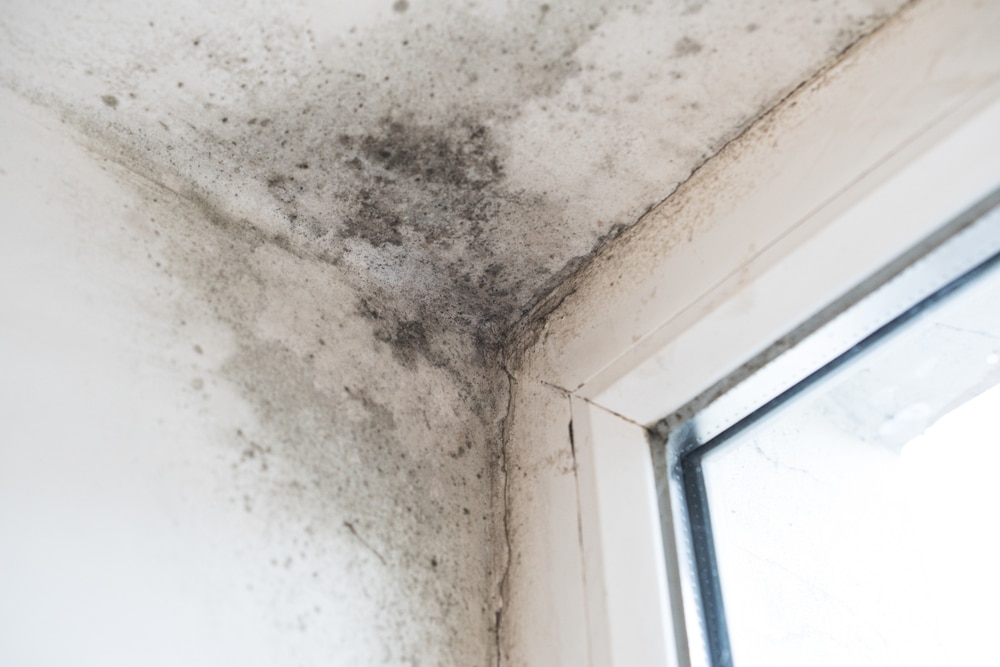Mould, a common household issue, can be both unsightly and harmful to health. Understanding how to detect and combat mould growth is essential for maintaining a healthy living environment. This article offers guidance on identifying, preventing, and eliminating mould in your home.
Unveiling the enemy: Identifying mould
Mould can be elusive and often grows in hidden places. The first step in combating mould is to identify its presence. Look for visible signs such as black, green, or white patches on walls, ceilings, or other surfaces.
A musty smell is another strong indicator. Mould thrives in damp and poorly ventilated areas, so pay special attention to bathrooms, kitchens, basements, and areas around windows.
First line of defence: Prevention
Prevention is the most effective strategy in the fight against mould. Simple actions can significantly reduce the risk of mould growth. Ensure your home is well-ventilated, use dehumidifiers in damp areas, and fix leaks promptly. Regularly cleaning and drying surfaces, especially in the kitchen and bathroom, is crucial.
In the context of professional intervention, mould cleaning services by Airfresh offer specialised solutions. They use advanced techniques and products specifically designed to target mould and prevent its recurrence. However, for minor mould issues, simple home remedies can be effective.
Home remedies: DIY mould removal
For small patches of mould, you can use household products. Solutions of vinegar or baking soda are effective natural cleaners. Mix one part vinegar with one part water and spray it on the mould. After an hour, wipe the surface clean. For tougher mould, a solution of bleach and water can be used, but ensure the area is well-ventilated and wear protective gear.
Professional help: When to call the experts
When mould covers a large area or is in hard-to-reach places, it’s time to call in the professionals. They have the equipment and expertise to safely remove extensive mould infestations. Persistent mould problems, particularly those caused by structural issues, also require professional intervention.
Ensuring safety: Protect yourself
While tackling mould, personal safety is paramount. Wear gloves, goggles, and a mask, especially when using chemical cleaners. Ensure the room is well-ventilated to avoid inhaling spores or fumes.
The enemy returns: Dealing with recurrent mould
If mould returns, it’s a sign of an underlying issue, like persistent dampness or poor ventilation. Addressing these root causes is crucial for long-term mould control. Regularly inspecting your home for early signs of mould and addressing them promptly can prevent larger problems.
Mould-free living: Maintaining a healthy home
Regular maintenance is key to keeping your home mould-free. Regular cleaning, especially in prone areas, and ensuring good air circulation are vital. Monitor humidity levels and fix any leaks or dampness issues immediately. A proactive approach to mould prevention will help maintain a healthy living environment.
Breath of fresh air: Concluding thoughts
In summary, combatting mould requires a multi-faceted approach that includes identification, prevention, and removal. Whether tackling it yourself or enlisting professional help, safety and regular maintenance are crucial. Remember, a mould-free home is not only cleaner and more comfortable but also healthier for you and your family.


